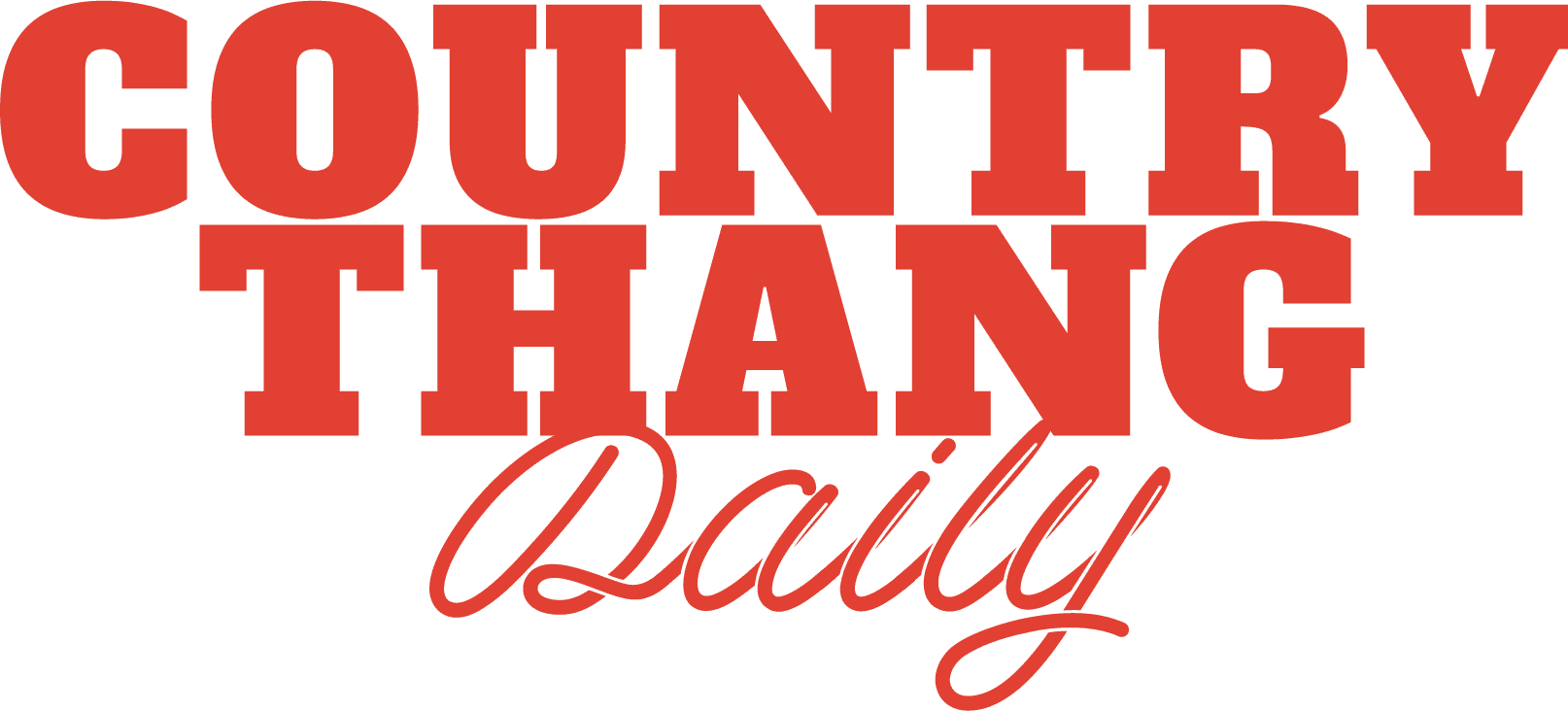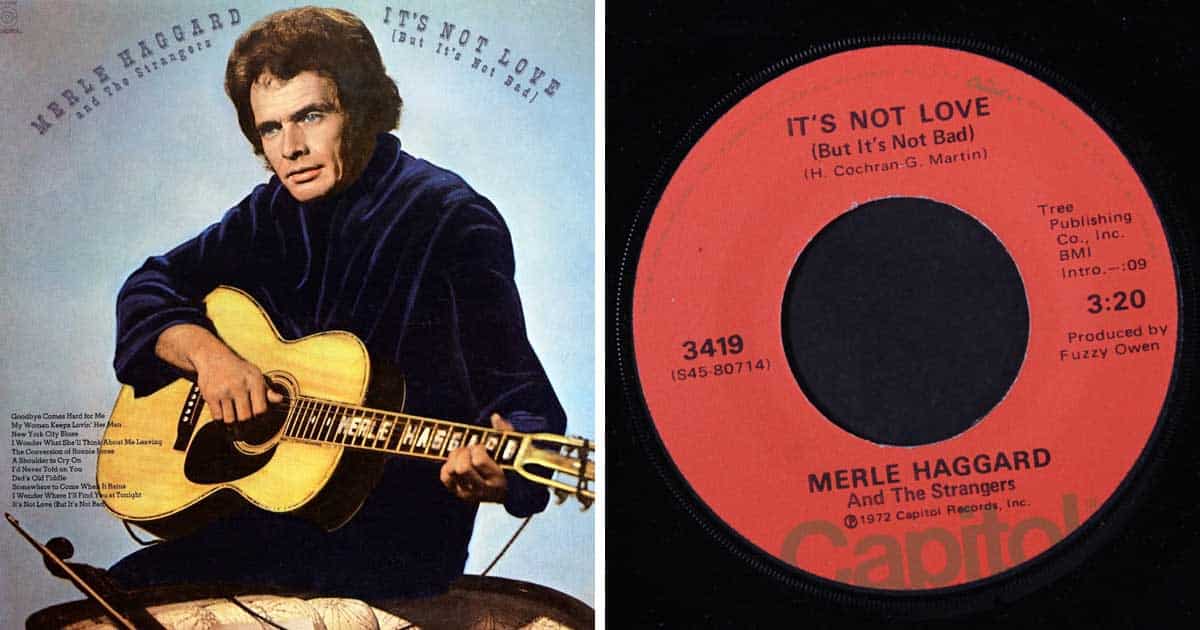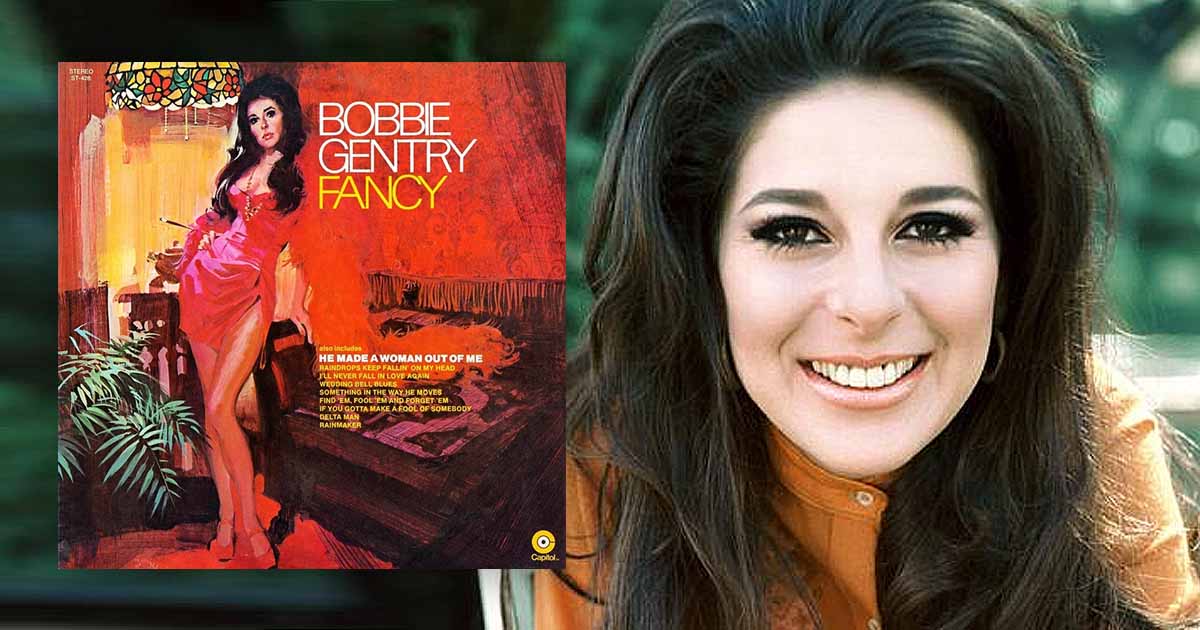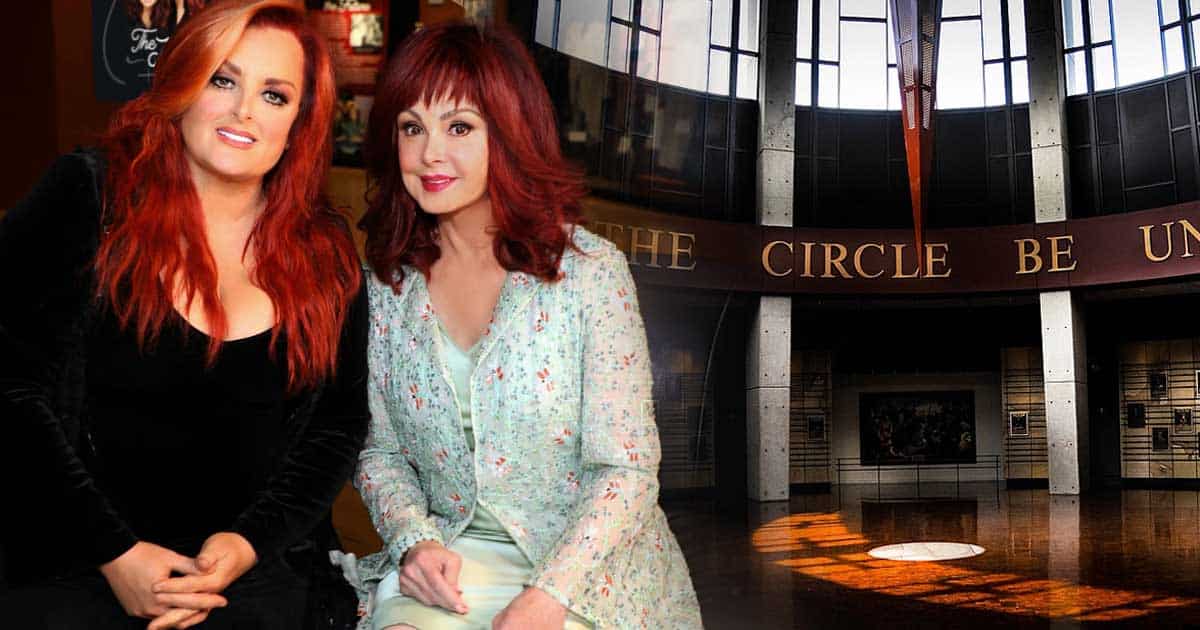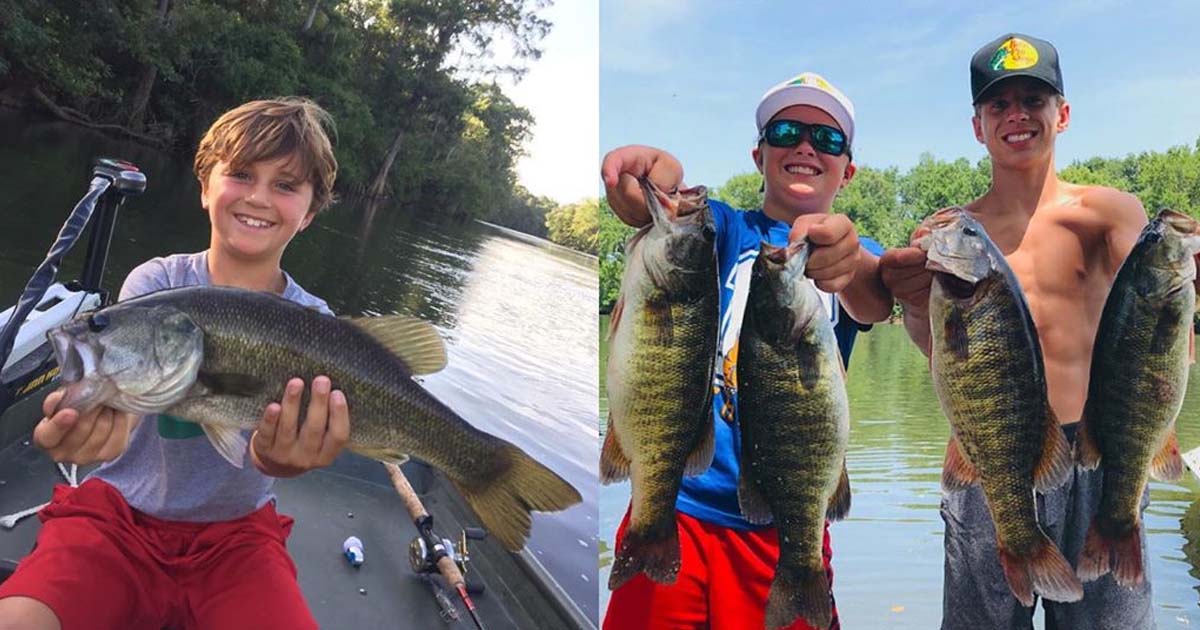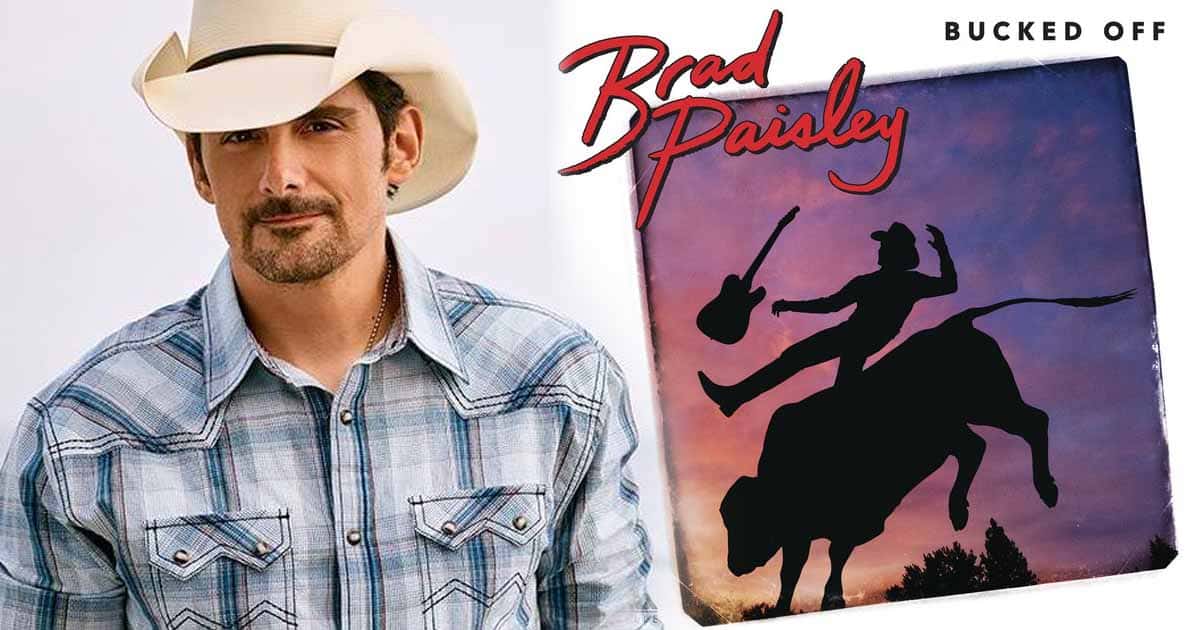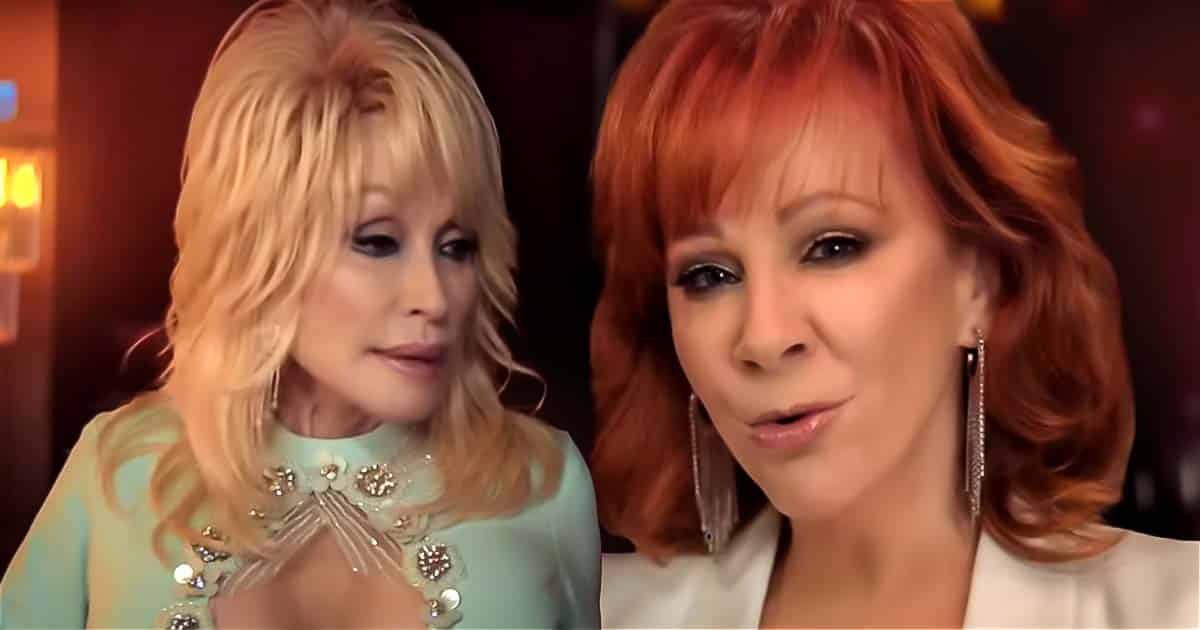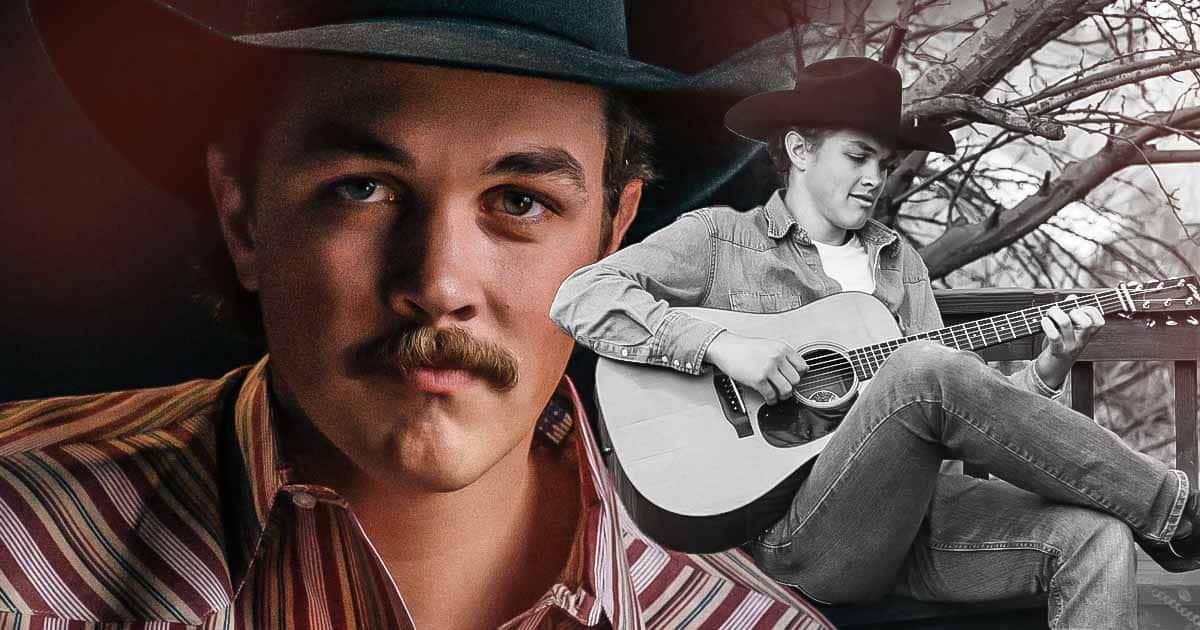It’s Not Love (But It’s Not Bad)
In 1973, Merle Haggard was at #1 on the Billboard Country album chart with “It’s Not Love (But It’s Not Bad).” The title track was the lead-off single which also reached #1 and gave Haggard his thirteenth #1 on the country chart.
“It’s Not Love (But It’s Not Bad)” was focused on a specific person that has two significant women in his life. The song repeated the line “It’s Not Love (But It’s Not Bad)” on every first line of the chorus. As the song went on, it showed that the narrator’s wife or his first love wasn’t satisfying what he wants and the other mysterious character in the song was giving it to him.
The narrator even clarified that the love that he had for her first love was unquestionable and it was true, yet, a part of him seems to be happy with the other party. The song ended with a notation of the narrator that what he and the other party has is not love, but it isn’t bad and that he doesn’t care about what the other party has been through in the past.
Merle Haggard
Merle Haggard’s rise in the music industry was no fairy tale story. In 1957, he was sent to jail due to his attempt to rob the Bakers Field Road House. While in prison, Haggard faced several issues from his wife who’s about to give birth to another man’s baby suffering emotional stress and getting so close to being executed.
Yet everything changed when Haggard’s former co-inmate James Kendrick was executed. He made gradual steps to improve himself by finishing a high school equivalency diploma and he was able to keep a stable job in the prison’s textile plant. Haggard would, later on, be inspired to join the jail’s Country band as they would accompany Johnny Cash as he performs in prison in 1959.
He then was paroled in 1960. In 1972, Merle Haggard finally received a full unconditional pardon for his past crimes.
Merle Haggard’s journey to being a solid country star began as he signed a recording contract with Tally Records. He released his two debut singles entitled “Singing My Heart Out” and “Skid Row,” but neither of the two gained much popularity as it only sold 200 copies.
It was in 1965 when Merle Haggard was able to make a name for himself as he gained his first national Top 10 record. The single was entitled “My Friends Are Gonna Be (Strangers)” that was written by Lynn Anderson’s mother, Liz Anderson. After this groundbreaking single, Merle Haggard’s career was off and running.
Merle Haggard recounted how he was invited to Liz’s house to listen to songs she wrote. He portrayed it as something that he wished would not make him die of boredom just because he had to listen to a woman’s cute little songs. But he added that everything changed when Liz brought out a bunch of songs and played it through an old pump organ. To Merle Haggard’s delight, he recognized that those songs would truly make the number one charted songs.
This partnership between Liz Anderson and MerleHaggard bloomed into a long collaboration of songwriting and hit producing.
Liz Anderson
Liz Anderson entered the country music scene as one of the new wave of female vocalist during the ‘60s. She, later on, decided to write her own songs and produced several hits. Some of Anderson’s first hit as a songwriter was “Be Quiet Mind” by Del Reeves and “Pick of the Week” that Roy Drusky recorded in 1964. Anderson published over 260 songs that were accompanied by several BMI awards for the entire duration of her career. Anderson was also behind Conway Twitty’s first country hit single “Guess My Eyes Were Bigger than my Heart.”
Famous names in the country music scene were able to record at least one of Anderson’s songs that included: Charley Pride, Tammy Wynette, Ernest Tubb, Loreta Lynn, George Jones, Skeeter Davis, Waylon Jennings, Kitty Wells, Connie Smith, and many others.
Her personal relationship with the owner of Chart Records, Slim Williamson, led her to write songs for several artists that were under chart such as, Connie Eaton, LaWanda Lindsey, and Billy “Crash” Craddock. It was with chart records as well where her daughter Lynn was recording.
